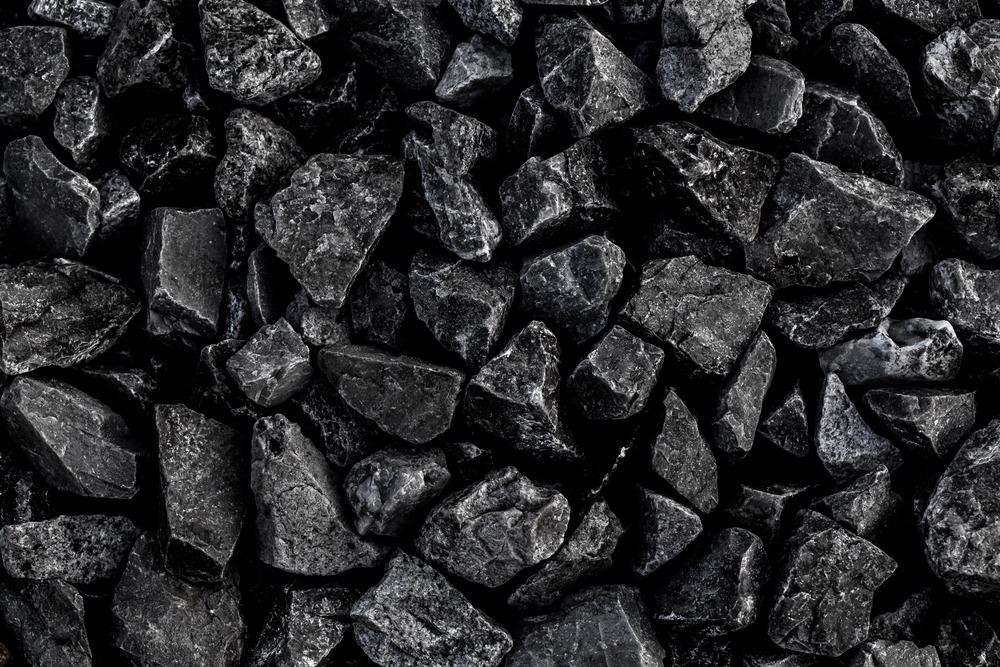A CBM extraction for coal methane interaction using slit pore models was introduced in the journal Energy Fuels. Researchers built multiple slit pore models of coal and launched a number of molecular simulations to see how they affect the influence of slit pores at the molecular level.

Study: Adsorption and Diffusion of Methane in Coal Slit Pores: Insights into the Molecular Level. Image Credit: Patty Chan/Shutterstock.com
Methane's adsorption and diffusion properties are simulated and studied in depth. The research can serve as a foundation for coal-methane interaction theory and as a guide for CBM extraction. Coal has multi-scale pore shapes that influence methane adsorption and diffusion.
To further understand the impact of pore structure at the molecular level, the findings reveal that increasing the number of slit holes boosts absolute adsorption capacity and isosteric heat of adsorption. The expanded slit holes can help methane molecules self-diffusion and transfer diffusion. This study might help to provide a foundation for the coal-methane interaction idea.
Coalbed Methane, CBM, a New Interest
Because of its purity and high heat, coalbed methane (CBM) has received a lot of interest. CBM extraction, on the other hand, is hampered by limited permeability and so cannot be commercialized on a big scale. Artificially enhanced cracking must be used to build multiple fracture networks in order to boost coal seam permeability.
Pores have distinct impacts on methane absorption and diffusion, which is also important for CBM migration. As a result, the focus of this research is on slit pores and their impact on methane absorption and diffusion.
Many parameters that impact methane absorption and diffusion have been examined previously, including temperature, pressure, moisture, and so on. The effects of pressure and temperature on methane diffusion in kaolinite were examined.
Methane Found in Coal
Many academics have been concerned about the creation of the coal molecular model. The correctness and dependability of study findings are determined by the molecular model's logic. Coal is a porous natural substance, with pores varying in size from a few microns to several millimeters.
More from AZoM: How Can Composites Contribute to Decarbonization?
From nanometers to centimeters, there are many different scales to consider. The categorization system of The International Union of Pure and Applied Chemistry (IUPAC) is a non-profit organization dedicated to the advancement of pure and applied chemistry worldwide.
Micropores are less than 2 nm, whereas macropores are larger than 50 nm; the size of the mesopore is somewhere in between. The largest pores, micropores, exist in coal and offer enough storage capacity for methane.
Research Process with Slit Pore Model of Coal
The single-molecule model requires structure improvement before establishing a crystalline structure with periodic boundary conditions in order to represent the macromolecular structure of coal.
Eventually, a single unit cell may be enlarged into a super unit cell that exhibits a slit pore model of coal and fits the study criteria. Micropores are the most common pores in coal, and they offer enough storage area for methane. As a result, we develop microporous slit simulations with the pore size distribution of 0.5, 1, and 2 nm, and also mesopore slit versions with pore diameters of 4 and 8 nm.
Result of Methane Adsorption Research
The quantity of adsorbate molecules that really appear in the absorbent is referred to as absolute adsorption capacity. The absolute adsorption capacity is indeed the adsorption capacity obtained using molecular modeling. The absolute adsorption capacity of gas methane can be increased by increasing fugacity.
Absolute adsorption capacity increases at various rates in different fugacity intervals. Methane particles can rapidly fill high-energy adsorption spots in the early stages. As the high-energy adsorption sites become filled, the remaining low-energy adsorption sites start to absorb methane molecules, resulting in a slower rate of absolute adsorption capacity growth.
The absolute adsorption capacity as well as isosteric heat of adsorption rise as the number of slit holes increases. There are geographical differences in methane absorption in coal split pores, including such strong adsorption space or weak adsorption space.
Thermodynamic Stabilizes
The thermodynamics factor inside any slit pore grows and eventually stabilizes as the fugacity increases. Thermodynamically, bigger slit pores have a greater factor. This is because the bigger slit holes give methane molecules more room to travel around. It may be deduced that when the number of slit pores grows, the transport diffusion coefficient rises initially before leveling off.
Advantage of Methane Adsorption
Carbonaceous materials are not susceptible to moist environments, which is an advantage of methane adsorption. Carbonaceous materials are reasonably priced. Under 373 K, the adsorption-desorption temperatures are not ideal. The energy usage is kept to a minimum.
Reference
Hao, M., et al. (2022). Adsorption and Diffusion of Methane in Coal Slit Pores: Insights into the Molecular Level. Energy Fuels 2022. Publication Date: January 5, 2022. https://pubs.acs.org/doi/10.1021/acs.energyfuels.1c03730
Disclaimer: The views expressed here are those of the author expressed in their private capacity and do not necessarily represent the views of AZoM.com Limited T/A AZoNetwork the owner and operator of this website. This disclaimer forms part of the Terms and conditions of use of this website.